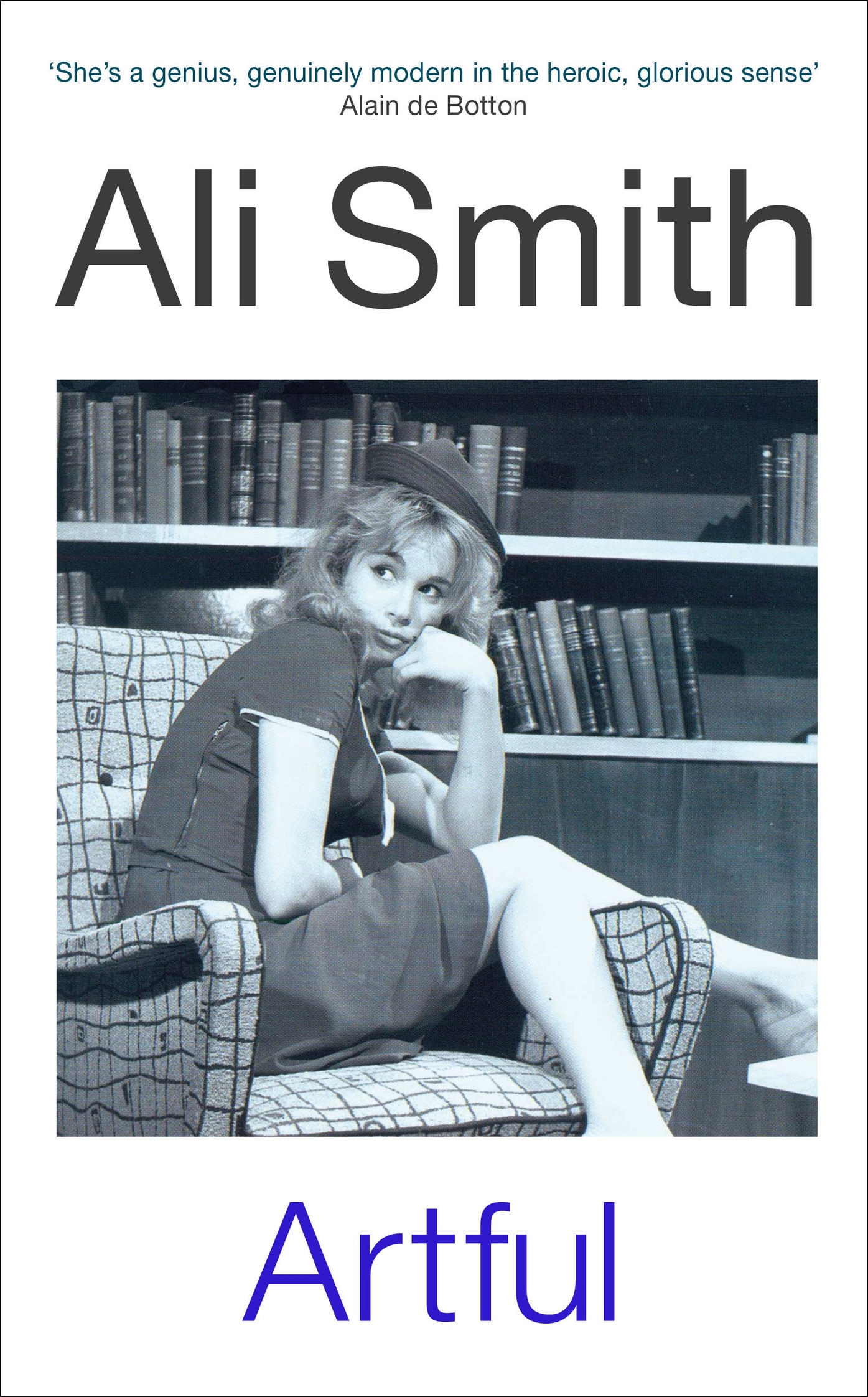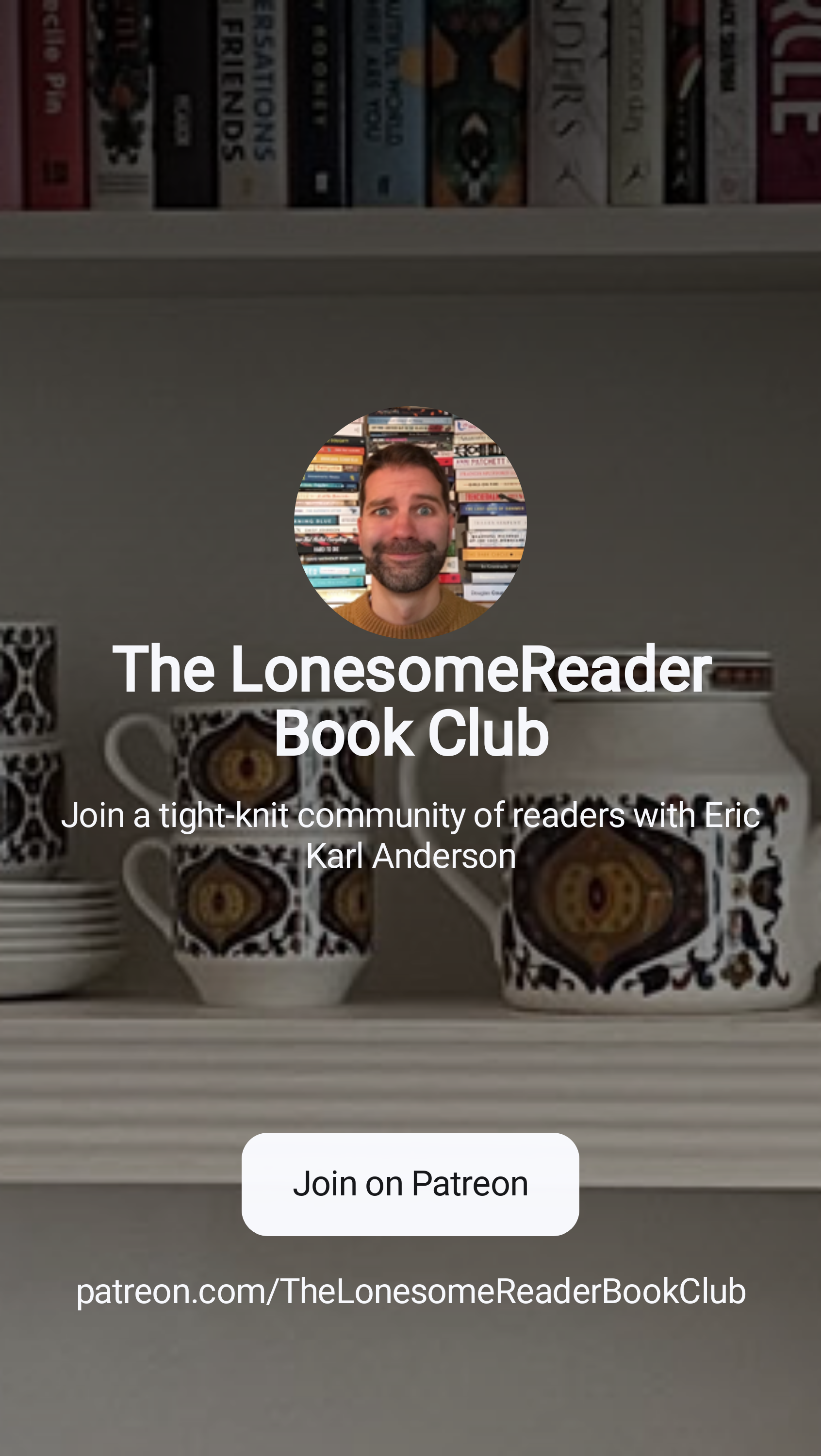The UK Miscarriage Association notes that “Even though about one in four pregnancies ends in miscarriage, there’s a lot that we still don’t know about why it happens.” This is a loss which affects a lot of couples hoping to conceive and give birth, but it is something rarely acknowledged openly or discussed except amongst the privacy of family. Negotiating how to deal with it is a strain that can threaten to break a relationship. Black Bread White Beer follows a couple who have just experienced a miscarriage and their day immediately following this trauma. They are in their mid-thirties and feel compelled to get their family started soon since the clock is ticking. “Even when it felt like they were at their closest, physically all-consuming, somewhere, in the crook of an arm, a cavity in their pumping hearts, was a final gap waiting to be filled.” The novel concentrates largely on the husband Amal’s perspective as he picks up his wife from the hospital and drives her to her parents’ house. In these high-pressure moments Niven Govinden brilliantly explores the minutia of how a couple functions and the dysfunctions which threaten to split them apart. Amidst relating the story of this particular couple he deals with larger issues of familial responsibility, faith, gender, racism and social expectation.
Every moment of this novel is filled with emotional tension since the knowledge of the couple’s immediate loss is felt so heavily between them. Before Amal retrieves his wife from an overnight stay in the hospital it is there. “Even before she returns, he feels the disappointment, self-blame, hanging in the air, but it does not seem irreparable. It is nothing that faith cannot fix.” Amal has abandoned the faith he was raised with from his Indian heritage to convert to Christianity before marrying his white girlfriend Claud. The sense of a personal belief system is at odds with feelings of social obligation creating a complexity in how Amal (someone who sees faith largely as symbolic) expresses himself religiously and whether faith can be called upon in an emotionally intense situation such as this one. There are instances where the subtle effects of racism can be felt – not overt or malicious, but modified expectations and reactions to Amal because of his skin colour. As such Amal has a heightened awareness of his otherness amidst Claud, her parents and their largely white community and that his actions might be perceived by them as stemming from his race. “It is the immigrant’s millstone: even in the face of this smug, politically incorrect tediousness he will remain all eyes and teeth, determined never to be less than his most exemplary self.” Being a minority is something Amal is always aware of and it impacts the way he relates to those around him whether those people perceive him as other or not. This self consciousness about race is an issue which is drawn to the surface even more acutely because of the intensity of the couple’s situation.
Govinden also skilfully writes about the different ways men and women currently deal with emotions and how they conceal them from the world. Claud tries to compose herself when concealing the fact of her miscarriage from her parents and strengthen herself to deal with the world. “Her make-up, all four products of it – powder, lipstick, mascara and blush – have made a warrior of her.” Whereas Amal deals with his heartache by secretly getting drunk and eating a lot of junk food before reconnecting with his wife and dealing with his in-laws. “Maybe it is only men who have let the modern age weaken their resilience, crying into baked goods and wallowing into beer.” In this way Govinden shows the way society’s expectations about how men and women should act in public impact upon their private outlets for releasing emotional tension.
At one horrifying point Amal discovers his wife’s parents have printed up cards to invite their friends to a party in order to celebrate their becoming grandparents. The sense of expectation that the prospect of a new baby creates is something that reverberates beyond the couple actually having it. “Everyone around them is using their due date to put an end to their personal issues. They are all after a clean slate.” Prospects for a new baby are not only felt by the couple having it, but by everyone around them. It seems cruel that a couple should have to not only deal between themselves with the loss of expectation following their miscarriage, but also the emotional investment and hopes of those around them. As such, Claud retains their secret about her loss trying to maintain control and privacy about her tumultuous emotions.
Black Bread White Beer deals with the private life and daily workings of a relationship better than any book I can think of. The miscarriage is a catalyst which draws to the surface a multiplicity of issues which always existed between Amal and Claud, but were often paved over by the niceties of comfortable routines. The great test of this is whether their bond is strong enough to withstand the challenge of all this surfacing in the face of such a profound disruption and loss. Govinden sympathetically portrays how relationships can only continue if there is a process of constant renegotiation for the desires, expectations and faults of each person involved. For all the emotional turmoil raised in this novel, it conveys a tremendous sense of hope and strength to continue on despite tragic circumstances.







































